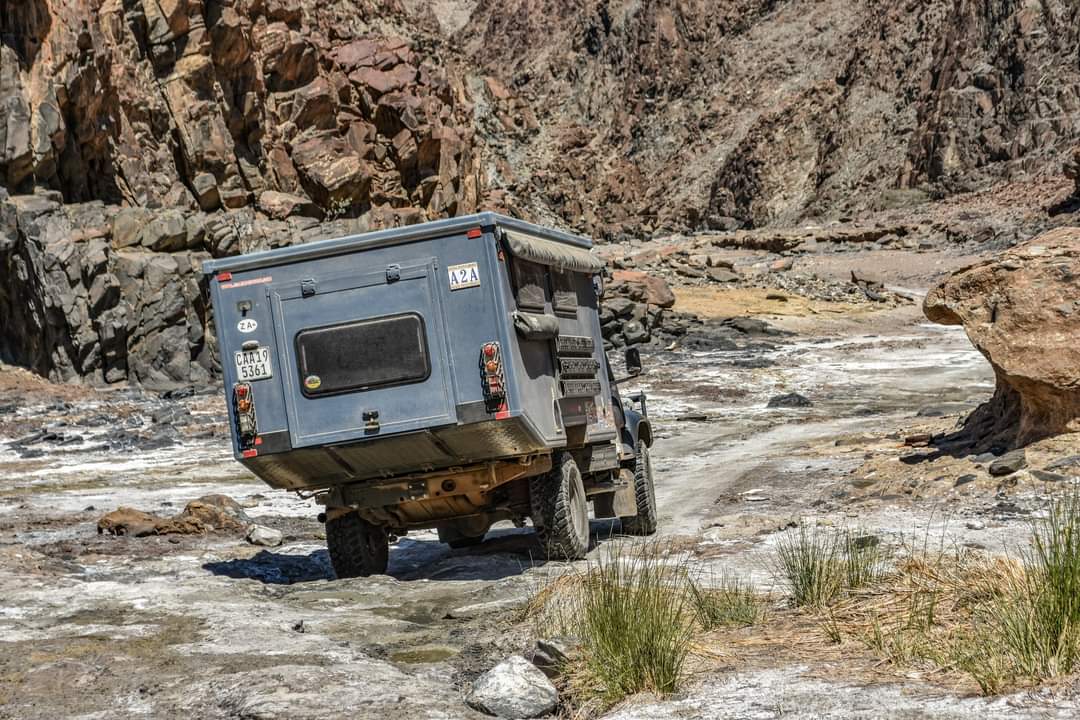We’ve all been there: navigating your heavily modified 4WD along a twisting, mildly challenging trail or remote track, feeling like a modern-day Camel Trophy adventurer, maybe even in low range (because, why not?). Then, you round a corner and, to your dismay, find yourself face to face with an AWD Subaru Outback, a Honda CR-V, or, even worse, a 1990s Toyota Corolla. The driver of the AWD vehicle will usually give you a smug wave, fully aware they’ve just spoiled your off-road glory.

We’ve encountered this in places as remote as the northern Amazon jungle or the deserts of Namibia, where the local drivers often make do with whatever they’ve got—many times in a 2WD. And in North America? The AWD driver is almost always from California, right? While it’s true that a well-driven AWD can handle more than most people expect, we firmly believe that a well-driven 4WD is far better suited for overland travel for a variety of reasons.
In a likely futile attempt to settle the AWD vs. 4WD debate once and for all, let’s dive into the differences between these two traction systems.

The difference between all-wheel drive (AWD) and four-wheel drive (4WD) is a topic that often creates confusion among consumers, especially those in the market for vehicles capable of handling diverse driving conditions. While both systems are designed to provide enhanced traction and stability, particularly in challenging road conditions, they operate in distinct ways. They are suited to different types of vehicles and driving scenarios.
AWD and 4WD systems share the fundamental goal of distributing power to all four wheels of a vehicle. This distribution of power improves traction, which is particularly beneficial on slippery or uneven surfaces. However, the key difference between these two systems lies in how and when this power distribution occurs.
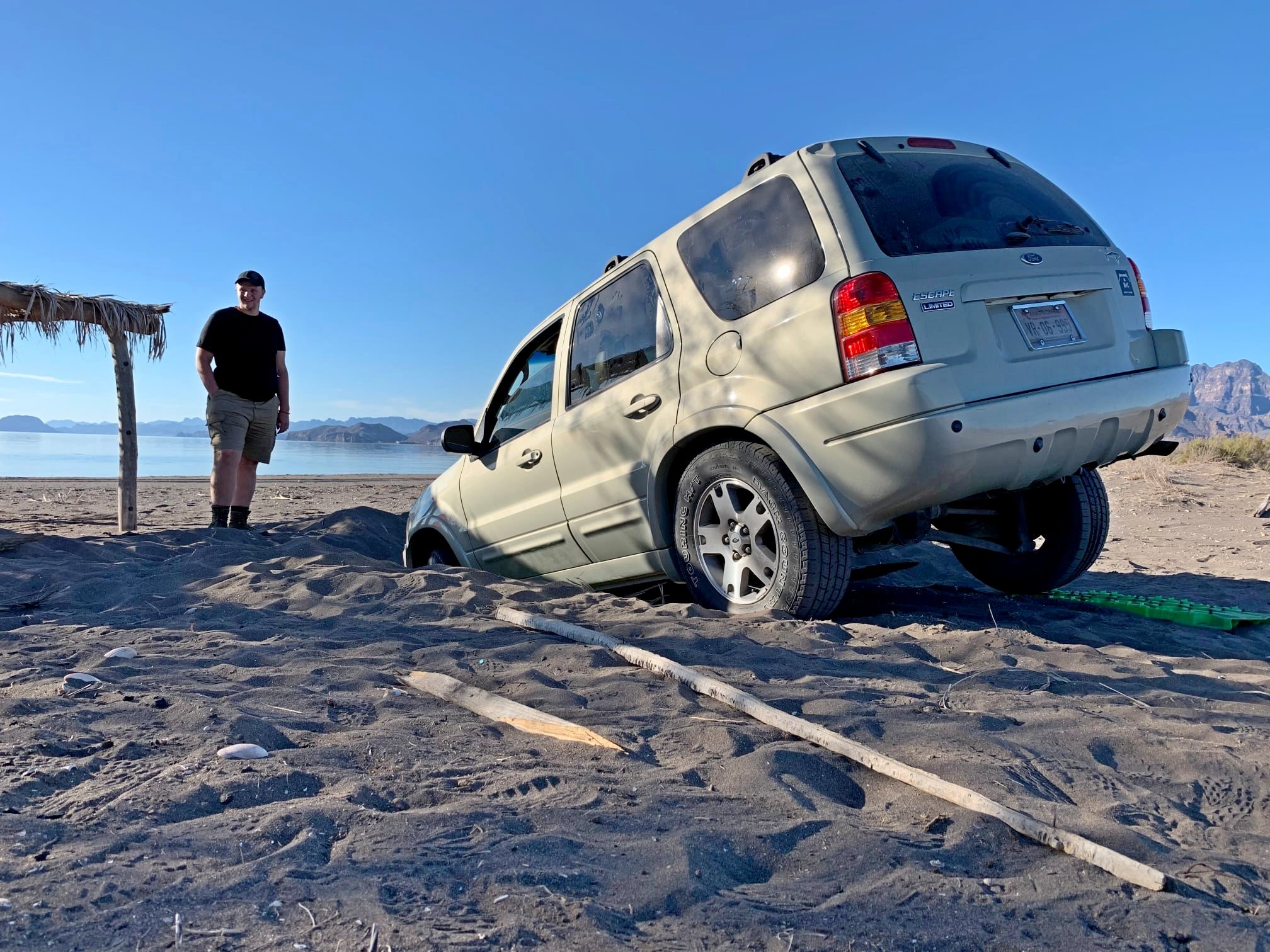
AWD systems are typically found in cars and crossover SUVs that are primarily designed for on-road use. These systems are generally full-time, meaning they are always active, automatically adjusting the amount of power delivered to each wheel based on driving conditions. In an AWD system, the vehicle’s computer continuously monitors factors such as wheel speed, throttle position, and steering angle to determine which wheels need more or less power. This “point and squirt” automatic adjustment helps to optimize traction in real-time, without any input required from the driver.
Historically, there were mechanically based AWD systems that didn’t rely on computers, but these systems were quite rudimentary compared to today’s standards. They used mechanical differentials and viscous couplings to distribute power to all four wheels, but they lacked the ability to adjust power distribution in response to changing conditions dynamically. These systems were less efficient and provided less precise control compared to modern electronically controlled AWD systems.
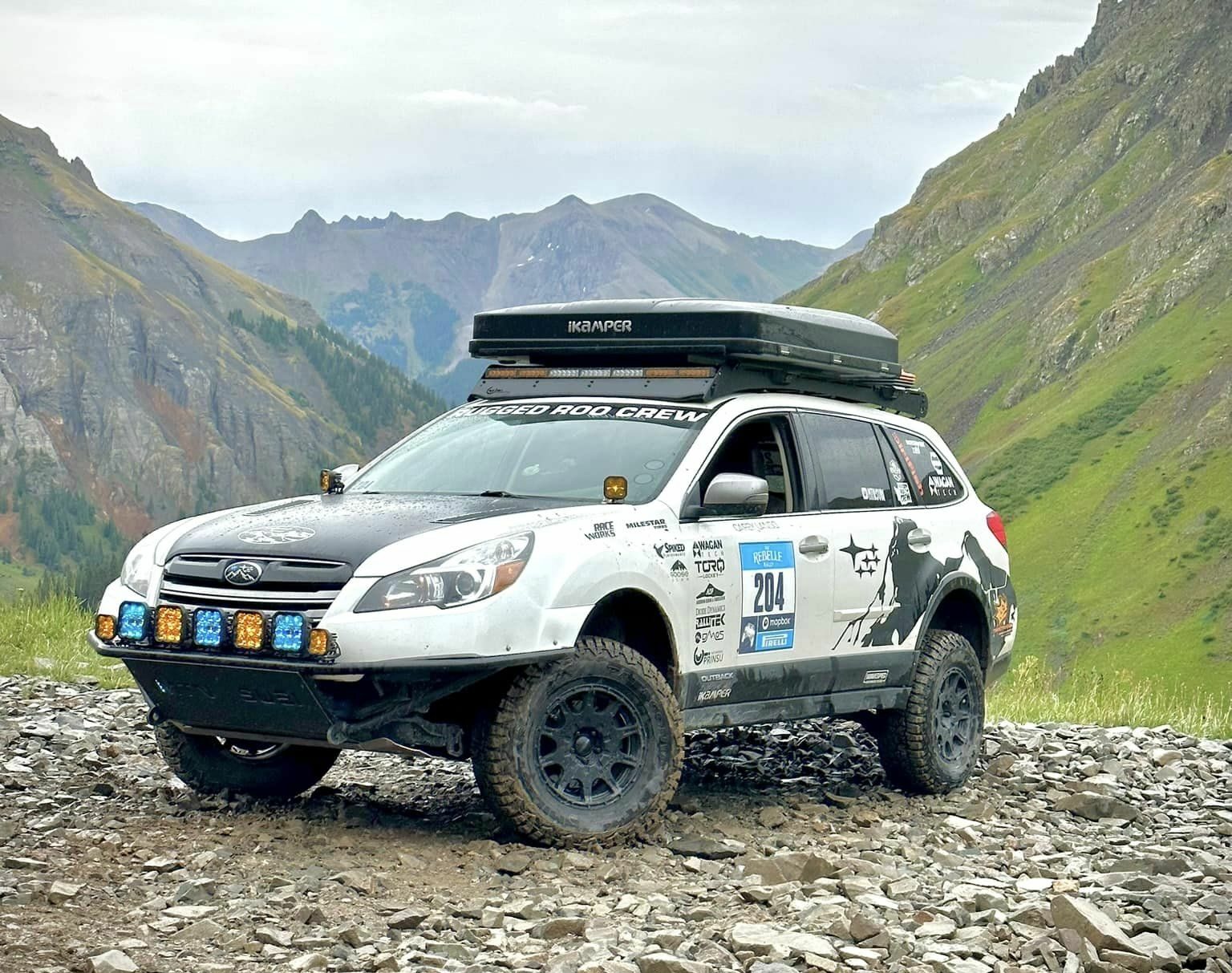
Image credit to Carey Lando
The seamless operation of modern AWD systems makes them particularly well-suited for everyday driving, especially in regions where roads can be wet, icy, or otherwise slippery. Because AWD is always active, it provides a higher level of confidence to drivers who may encounter unpredictable road conditions. However, while AWD systems are effective at enhancing traction on paved roads, they are generally not designed for the rigorous demands of off-road driving unless your name is Carey Lando and you heavily modify your Subaru Outback for off-road driving. The primary focus of AWD is to improve stability and handling on-road rather than to provide the power and durability needed for traversing rugged terrain.
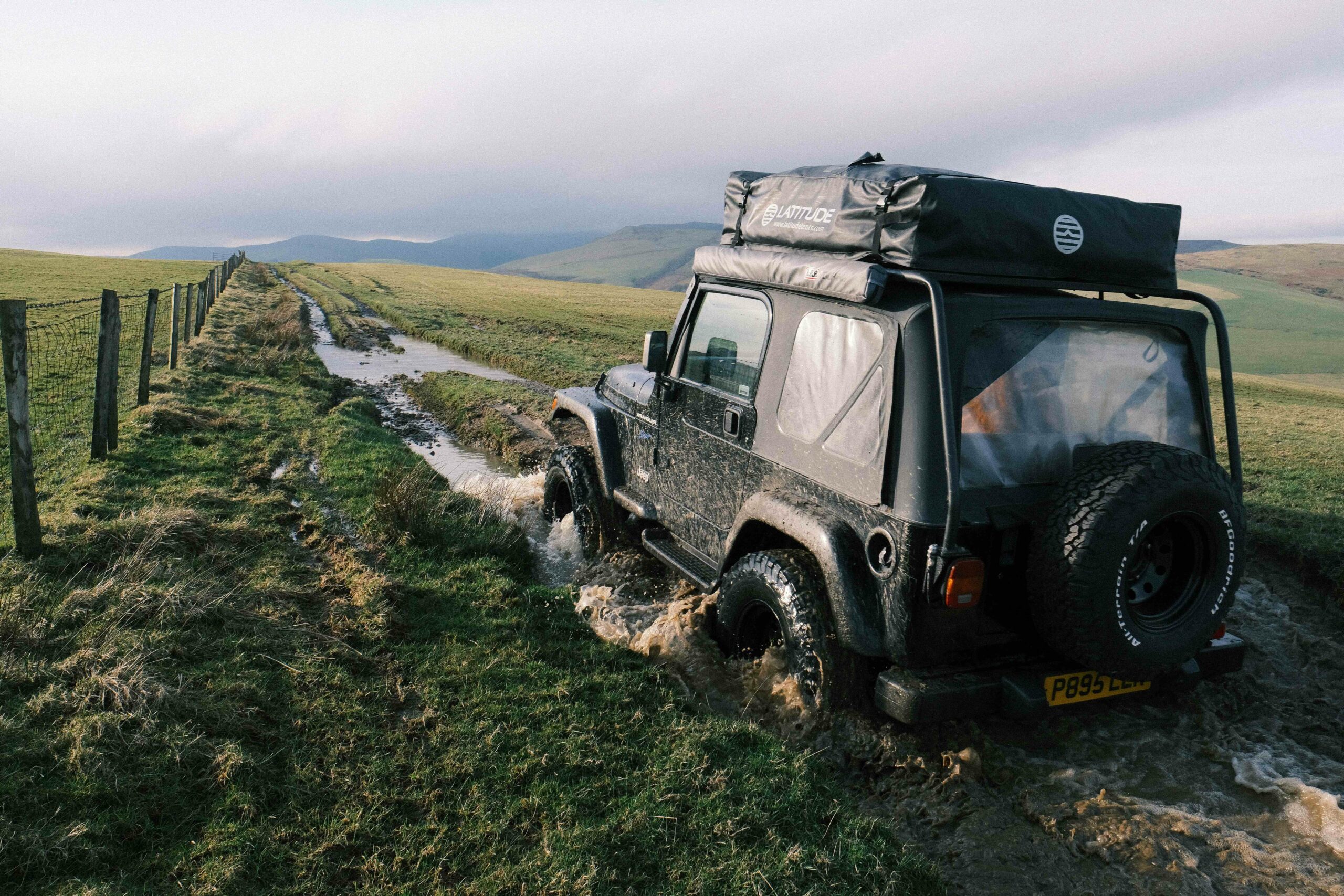
In contrast, 4WD systems are more commonly found in trucks, SUVs, and other vehicles designed for off-road use, for towing heavy loads, or mainly for carrying unnecessary gear to remote places. Unlike AWD, most 4WD systems are part-time, meaning they can be switched on or off depending on the driving conditions. When activated, 4WD systems lock the front and rear axles together, ensuring that each wheel receives an equal amount of power. This fixed power distribution is particularly advantageous when driving on loose surfaces, such as sand, mud, or gravel, where maximum traction is needed. Naturally, not all 4WD systems are the same, for instance. My Td5 Land Rover Defender 130 is equipped with a full-time 4WD system, meaning that all four wheels are constantly engaged and receiving power from the engine. This system ensures that power is distributed to all wheels at all times unless one wheel loses traction; in this case, all power on that axle is sent to the spinning wheel—aftermarket front and rear differentials can solve this problem.
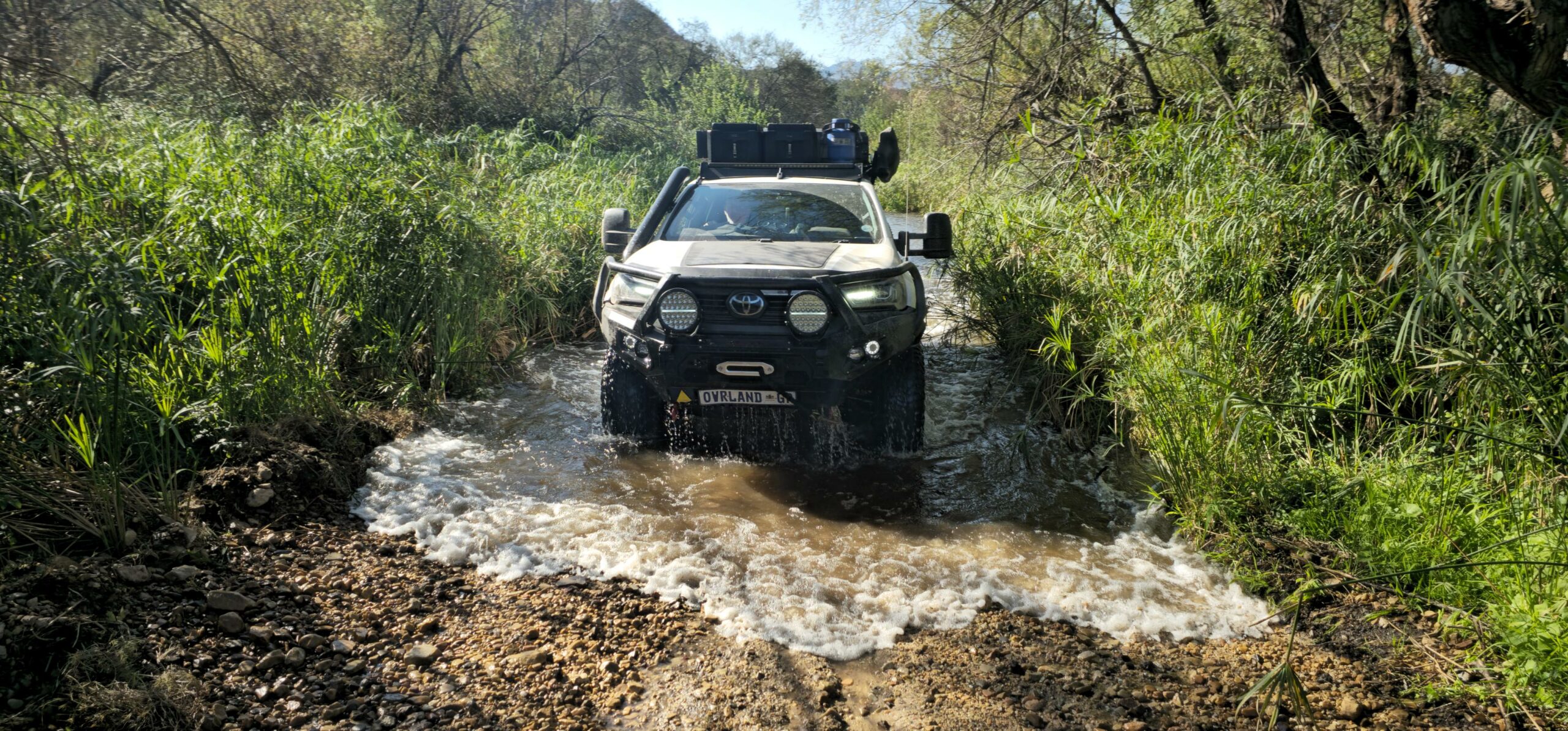
There are several modern variations of 4WD systems, including manual and automatic versions. In manual 4WD systems, such as the classic Land Rover Defender, the driver must engage the system by shifting a lever or turning a knob, while in automatic 4WD systems, the vehicle may automatically engage 4WD when sensors detect a loss of traction. The most desirable overland-ready 4WD vehicles also feature a low-range gearing option, which provides even more torque at low speeds, making it easier to navigate steep inclines or challenging off-road conditions.

One of the main advantages of 4WD systems is their ability to handle extreme conditions that would overwhelm AWD systems. However, this capability comes at the cost of increased complexity and weight, which can lead to lower fuel efficiency. Additionally, because 4WD systems typically require the driver to engage them manually, they demand a higher level of awareness and decision-making from the driver. Misuse or improper engagement of 4WD can result in damage to the vehicle’s drivetrain or reduced performance.
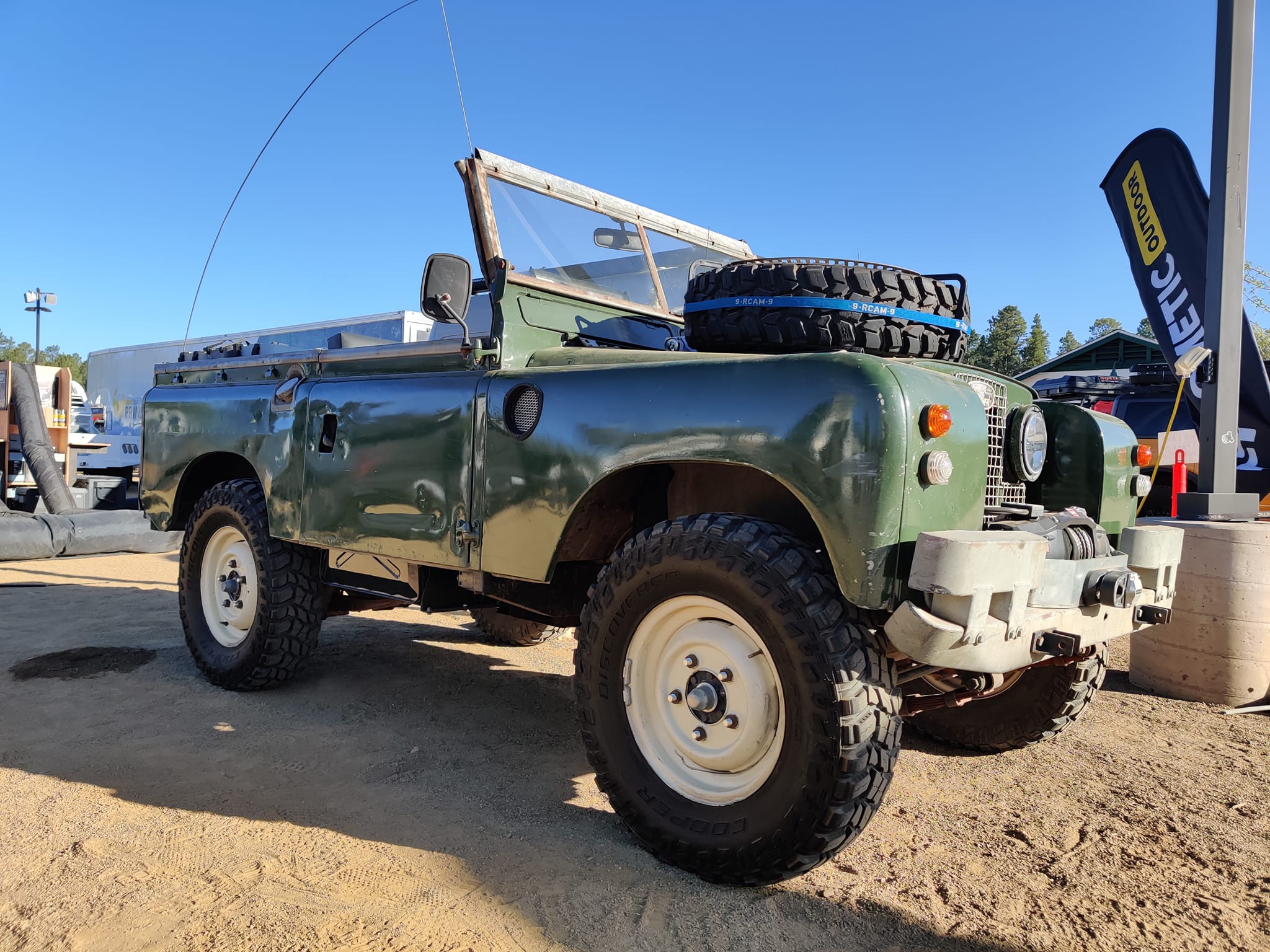
In recent years, advances in technology have blurred the lines between AWD and 4WD, with some modern vehicles offering hybrid systems that combine elements of both. These systems aim to provide the best of both worlds: the on-road comfort and ease of AWD, and the off-road capability of 4WD. As the automotive industry continues to evolve, the distinctions between these systems may continue to shift, but the core principles of AWD and 4WD remain the same.
Despite their differences, AWD and 4WD systems are both valuable tools for improving a vehicle’s performance in challenging conditions. The choice between AWD and 4WD ultimately depends on the intended use of the vehicle and the explorer’s style of travel. For those who primarily drive on paved roads but want added security in inclement weather (let’s say you live and commute near Lake Tahoe and the Donner Pass) AWD offers a practical and user-friendly solution. For drivers who frequently venture off-road or need a vehicle capable of handling extreme conditions and loads, 4WD provides the power and control necessary to tackle the most challenging environments. It is for this reason that we prefer a proper 4WD vehicle with a low-range gearing option for long-term, long-distance overland travel. Yes, it is entirely possible to travel the globe with an AWD Subaru or Volvo, but you will be forced to compromise on routes and everyday camping comfort as a 4WD generally has the carrying capacity and space to allow for a superior overland travel and camping setup.

Personally, I would love to explore the Peruvian Andes with a modern AWD vehicle, enjoying the endless, smooth, paved mountain passes. But, at the end of the day, I would have to check into a posada for a salad and a pink drink while the 4WD people are out in the mountains grilling steak and drinking a beer or two.
Read More: Van DIY Conversion Kits :: Buyers Guide
Our No Compromise Clause: We do not accept advertorial content or allow advertising to influence our coverage, and our contributors are guaranteed editorial independence. Overland International may earn a small commission from affiliate links included in this article. We appreciate your support


